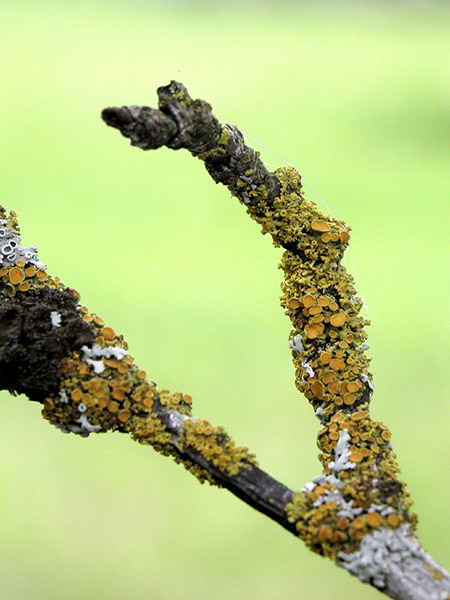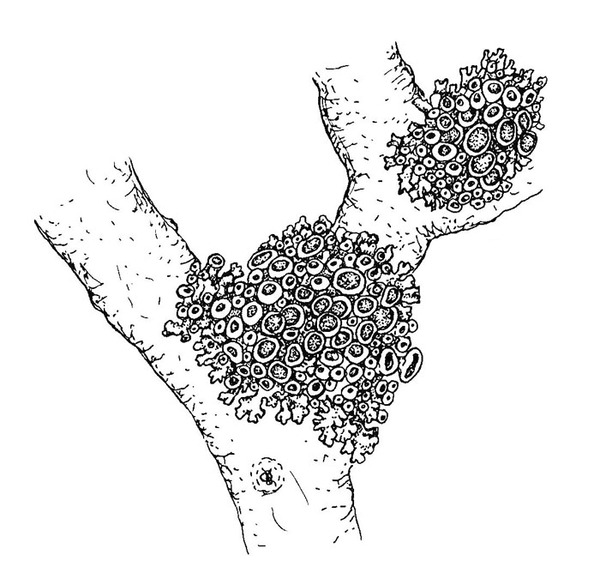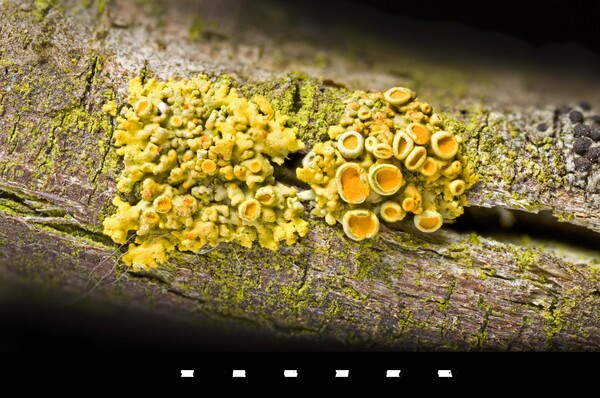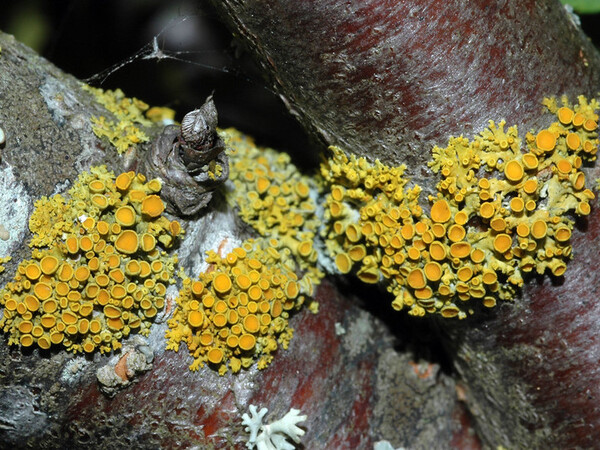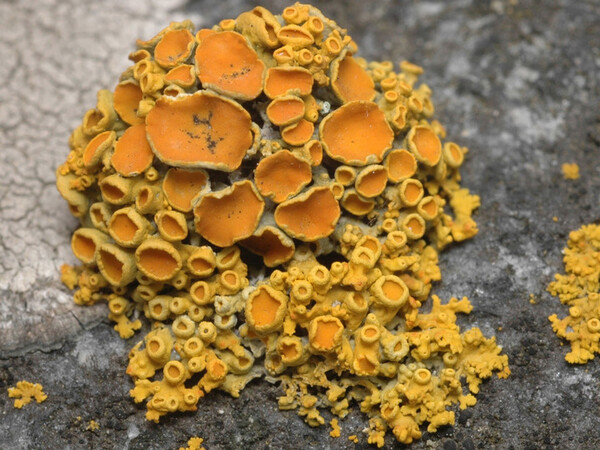Polycauliona polycarpa (Hoffm.) Frödén, Arup & Søchting
in Arup & al., Nord. J. Bot, 31: 53, 2013. Basionym: Lobaria polycarpa Hoffm. - Deutschl. Fl.: 136, 1796.
Synonyms: Massjukiella polycarpa (Hoffm.) S.Y. Kondr., Fedorenko, S. Stenroos, Kärnefelt, Elix, Hur & A. Thell; Parmelia parietina var. polycarpa (Hoffm.) Fr.; Physcia parietina var. pulvinata A. Massal.; Xanthoria lychnea var. polycarpa (Hoffm.) Th. Fr.; Xanthoria parietina var. polycarpa (Hoffm.) Nyl.; Xanthoria polycarpa (Hoffm.) Rieber
Distribution: N - Frl, Ven (Nascimbene 2005c, Nascimbene & al. 2006, Nascimbene & Marini 2007), TAA (Lich. Graec. 20: Obermayer 1995, Hafellner 1997, Nascimbene & Caniglia 2000, 2002c, Nascimbene 2003, 2006c, Nascimbene & al. 2006e, 2007b, Zarabska & al. 2009), Lomb (Dalle Vedove & al. 2004, Nascimbene & al. 2006e, Gheza 2019, 2019b), Piem (Morisi & Sereno 1995, Griselli & al. 2003), VA (Piervittori & Isocrono 1999), Emil (Sallese 2003, Fariselli & al. 2020), Lig (LD-1400195). C - Tosc (Brackel 2015, Tretiach 2015t), Marc (Nimis & Tretiach 1999), Umb (Ravera 2000, Panfili 2000, Ravera & al. 2006), Laz (Ravera 2008), Abr (Nimis & Tretiach 1999, Gheza & al. 2021), Mol (Nimis & Tretiach 1999, Caporale & al. 2008, Genovesi & Ravera 2014), Sar (Zedda 1995, 2002, Zedda & al. 2001, Cossu 2013). S - Camp (Aprile & al. 2003b, Nimis & Tretiach 2004), Pugl (Brackel 2011), Bas (Nimis & Tretiach 1999, Potenza 2006, Paoli & al. 2006, Brackel 2011), Cal (Puntillo 1996), Si (Falco Scampatelli 2005).
Description: Thallus foliose, heteromerous, dorsiventral, tightly adnate, forming up to 2(-3) cm wide rosettes, yellow to yellowish grey in shade-forms, esorediate. Lobes flat to convex, very short, 0.2-0.7(-1) mm wide, broadening towards apices which are finely divided into 0.1-0.3 mm wide, rounded lobe-tips; lower surface white, somewhat wrinkled, with scattered short, white hapters. Apothecia lecanorine, extremely abundant, usually crowded and occupying most of the rosette obcuring the thallus, circular or deformed by mutual compression, laminal, substipitate, to 4 mm across (usually less), with a yellow-orange, concave to flat disc and a yellow to grey-yellow, thin, smooth to crenulate, finally sometimes excluded thalline margin. Thalline exciple paraplectenchymatous; epithecium orange-brown, c. 10 µm high, K+ purple-red; hymenium colourless, 40-90 µm high; paraphyses simple or sparingly branched, the apical cells swollen; hypothecium colourless to pale brown, 15-50 µm high. Asci 8-spored, clavate, functionally unitunicate, apically thickened with a broad internal beak, the inner part of apex and external cap I+ blue, Teloschistes-type. Ascospores 2-celled, polarilocular, hyaline, ellipsoid, 11-15 x 5-8 µm, the equatorial thickening (“septum”) 2-4(-6.5) µm. Pycnidia common, immersed, slightly darker orange than upper surface. Conidia ellipsoid, 2-3 x 1-1.5 µm. Photobiont chlorococcoid. Spot tests: thallus and apothecia K+ purple-red, C-, KC-, P-, UV+ intensely orange-red. Chemistry: parietin (major), fallacinal, emodin, teloschistin and parietinic acid corresponfing to chemosyndrome A of Søchting (1997). Note: a mainly boreal-montane, circumpolar species found on isolated trees and sun-exposed branches and small twigs, on wooden poles and fences; most frequent in the Central Alps, rarer in the eastern Apennines, extending southwards to Calabria and the mountains of Sicily, where it is very rare.
Growth form: Foliose, narrow lobed
Substrata: bark and lignum
Photobiont: green algae other than Trentepohlia
Reproductive strategy: mainly sexual
Commonnes-rarity: (info)
Alpine belt: absent
Subalpine belt: rather rare
Oromediterranean belt: absent
Montane belt: very rare
Submediterranean belt: absent
Padanian area: absent
Humid submediterranean belt: absent
Humid mediterranean belt: absent
Dry mediterranean belt: absent
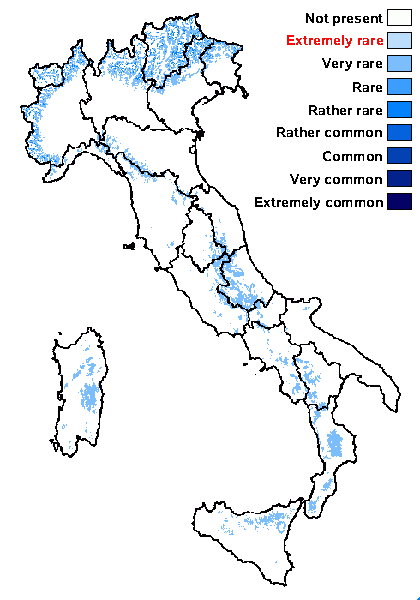
Predictive model
Herbarium samples
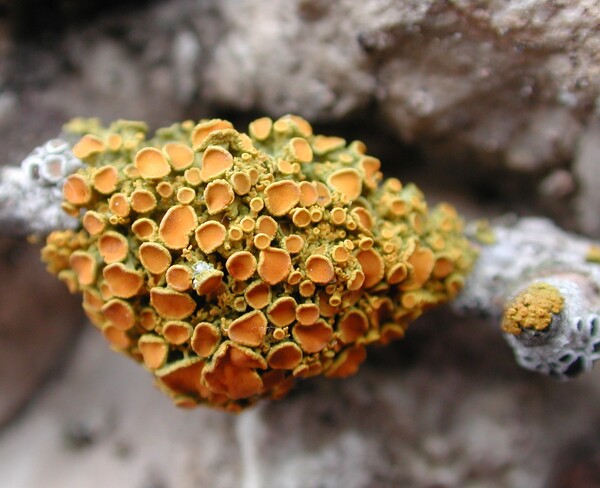

Juri Nascimbene - CC BY-SA 4.0; Owner: ITALIC - Dyades Project - Dept. of Life Sciences, University of Trieste
Italy, Trentino-Alto Adige, Trento, Monte Bondone
2014
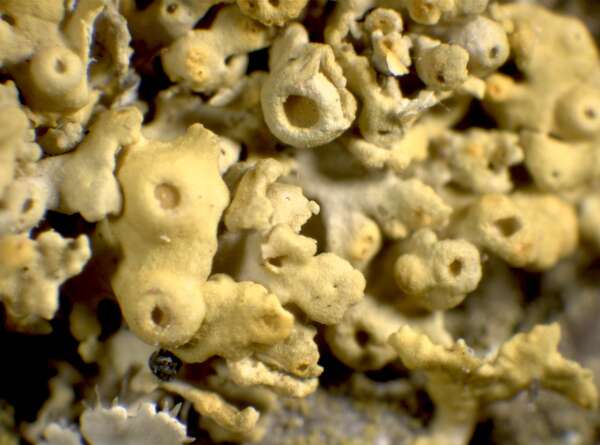

P.L. Nimis; Owner: Department of Life Sciences, University of Trieste
Herbarium: TSB (24691)
2001/12/11
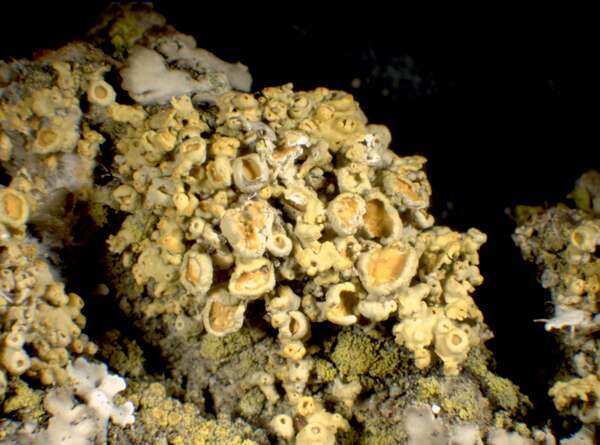

P.L. Nimis; Owner: Department of Life Sciences, University of Trieste
Herbarium: TSB (24691)
2001/12/11
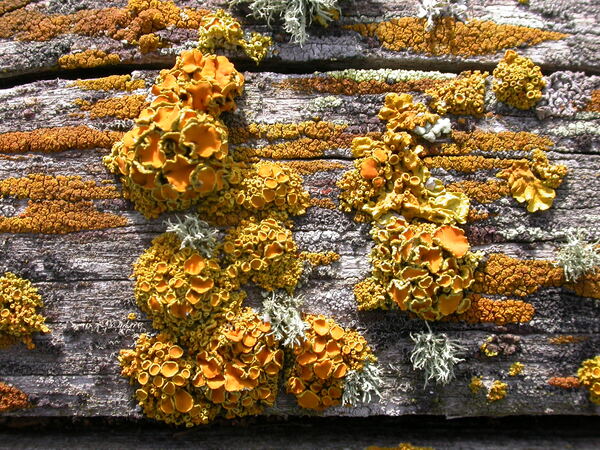

Juri Nascimbene - CC BY-SA 4.0
Stelvio National Park, Reg. Trentino-Alto Adige Prov. Trento, Italy.
07.2005
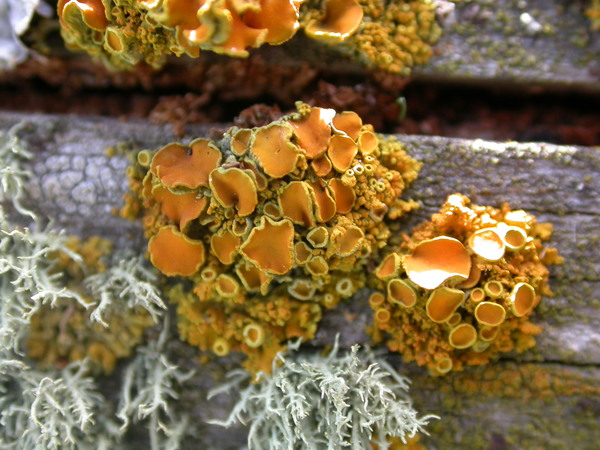

Juri Nascimbene - CC BY-SA 4.0
Stelvio National Park, Reg. Trentino-Alto Adige Prov. Trento, Italy.
07.2005
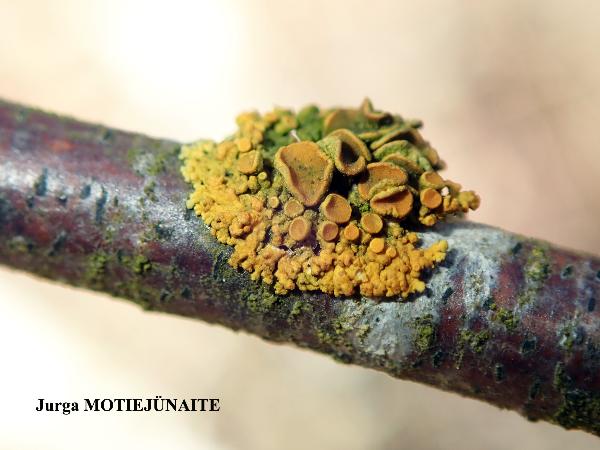
Jurga Motiejūnaitė - Source: http://www.lichensmaritimes.org/index.php?task=fiche&lichen=478&lang=en
Lithuania
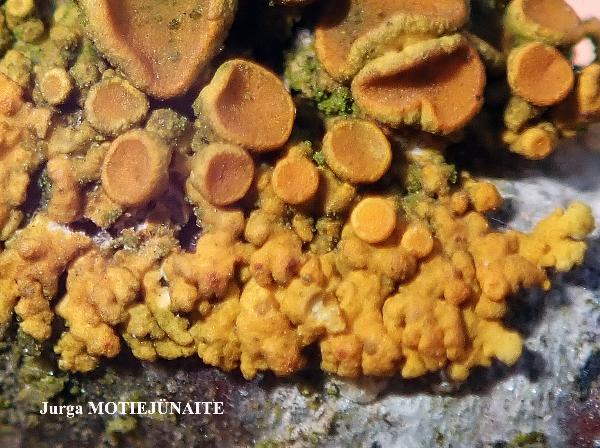
Jurga Motiejūnaitė - Source: http://www.lichensmaritimes.org/index.php?task=fiche&lichen=478&lang=en
Lithuania
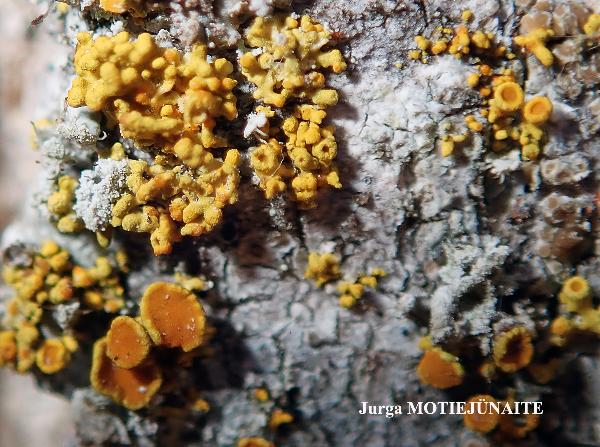
Jurga Motiejūnaitė - Source: http://www.lichensmaritimes.org/index.php?task=fiche&lichen=478&lang=en
Lithuania
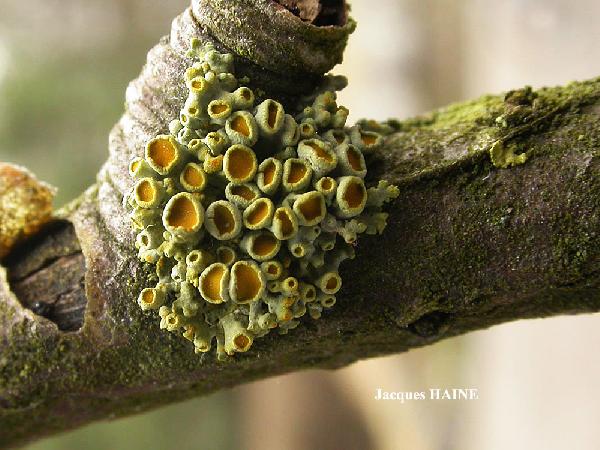
Jacques Haine - Source: http://www.lichensmaritimes.org/index.php?task=fiche&lichen=478&lang=en
Belgium

Ulrich Kirschbaum CC BY-SA 4.0 - Source: https://www.thm.de/lse/ulrich-kirschbaum/flechtenbilder
Central Europe; Germany: Hesse

Ulrich Kirschbaum CC BY-SA 4.0 - Source: https://www.thm.de/lse/ulrich-kirschbaum/flechtenbilder
Central Europe; Germany: Hesse
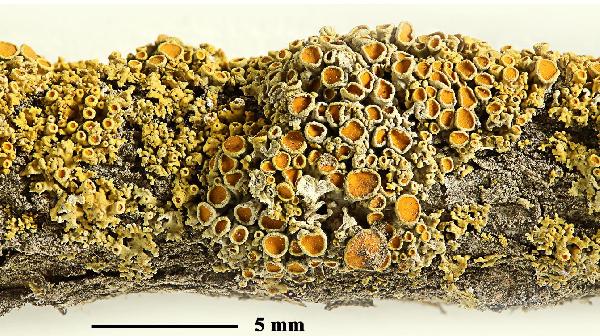

Felix Schumm - CC BY-SA 4.0
[19403], Lithuania, Nemunas Loops Regional Park, Birstonas village,
on banks of Nemunas River, 54°34' N, 24°16' W, 92 m, on Larix
europaea. Leg. Beata Krzewicka, 27. Sept. 2002. TELOSCHISTACEAE
EXSICCATI NO 118 DISTRIBUTED BY C. WETMORE.
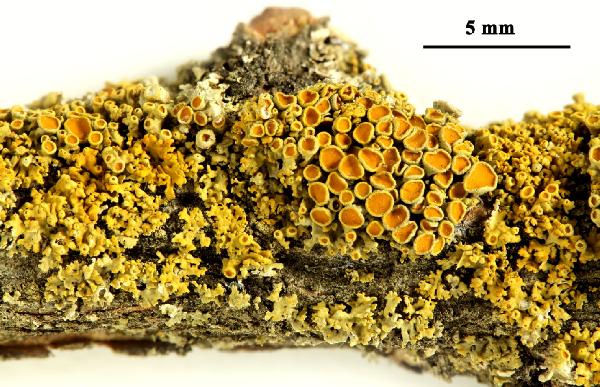

Felix Schumm - CC BY-SA 4.0
[19403], Lithuania, Nemunas Loops Regional Park, Birstonas village,
on banks of Nemunas River, 54°34' N, 24°16' W, 92 m, on Larix
europaea. Leg. Beata Krzewicka, 27. Sept. 2002. TELOSCHISTACEAE
EXSICCATI NO 118 DISTRIBUTED BY C. WETMORE.
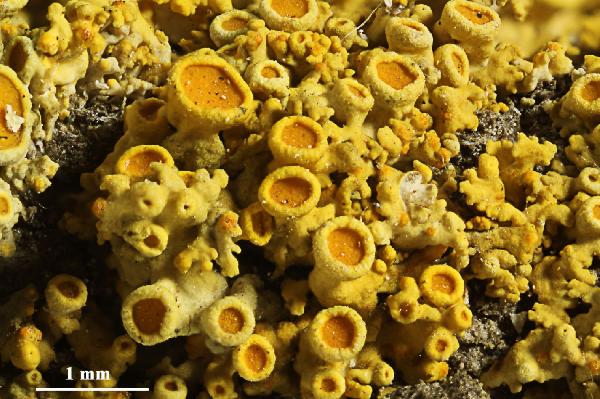

Felix Schumm - CC BY-SA 4.0
[19403], Lithuania, Nemunas Loops Regional Park, Birstonas village,
on banks of Nemunas River, 54°34' N, 24°16' W, 92 m, on Larix
europaea. Leg. Beata Krzewicka, 27. Sept. 2002. TELOSCHISTACEAE
EXSICCATI NO 118 DISTRIBUTED BY C. WETMORE.
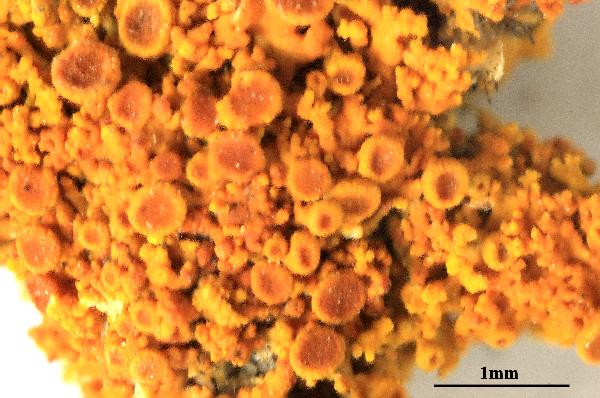

Felix Schumm - CC BY-SA 4.0
[VZR398], USA. Washington, Spokane County. In urbe Spokane, loco
Riverside State Park, Ad ramunculos fruticis Pineto (Pinus
ponderosa).Leg. W. L. Culberson, 9.8.1996. - annot.: Parietin, teloschistin,
and traces of fallacinal and parietinic acid, by TLC, anal.: A.
Johnson & C. F. Culberson. EX A. VEZDA: LICHENES RARIORES EXSICCATI
NR. 398.
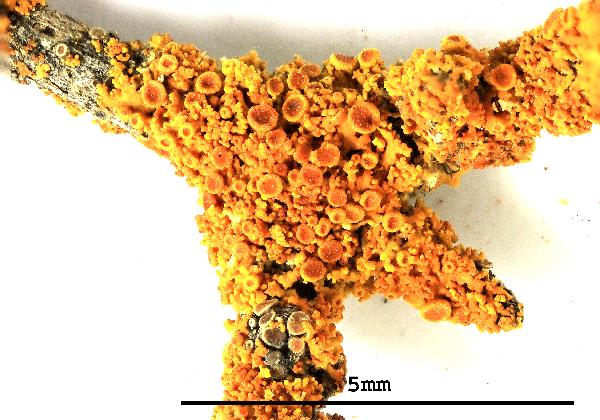

Felix Schumm - CC BY-SA 4.0
[VZR398], USA. Washington, Spokane County. In urbe Spokane, loco
Riverside State Park, Ad ramunculos fruticis Pineto (Pinus
ponderosa).Leg. W. L. Culberson, 9.8.1996. - annot.: Parietin, teloschistin,
and traces of fallacinal and parietinic acid, by TLC, anal.: A.
Johnson & C. F. Culberson. EX A. VEZDA: LICHENES RARIORES EXSICCATI
NR. 398.
Growth form: Foliose, narrow lobed
Substrata: bark and lignum
Photobiont: green algae other than Trentepohlia
Reproductive strategy: mainly sexual
Commonnes-rarity: (info)
Alpine belt: absent
Subalpine belt: rather rare
Oromediterranean belt: absent
Montane belt: very rare
Submediterranean belt: absent
Padanian area: absent
Humid submediterranean belt: absent
Humid mediterranean belt: absent
Dry mediterranean belt: absent

Predictive model
| Herbarium samples |


Juri Nascimbene - CC BY-SA 4.0; Owner: ITALIC - Dyades Project - Dept. of Life Sciences, University of Trieste
Italy, Trentino-Alto Adige, Trento, Monte Bondone
2014


P.L. Nimis; Owner: Department of Life Sciences, University of Trieste
Herbarium: TSB (24691)
2001/12/11


P.L. Nimis; Owner: Department of Life Sciences, University of Trieste
Herbarium: TSB (24691)
2001/12/11


Juri Nascimbene - CC BY-SA 4.0
Stelvio National Park, Reg. Trentino-Alto Adige Prov. Trento, Italy.
07.2005


Juri Nascimbene - CC BY-SA 4.0
Stelvio National Park, Reg. Trentino-Alto Adige Prov. Trento, Italy.
07.2005

Jurga Motiejūnaitė - Source: http://www.lichensmaritimes.org/index.php?task=fiche&lichen=478&lang=en
Lithuania

Jurga Motiejūnaitė - Source: http://www.lichensmaritimes.org/index.php?task=fiche&lichen=478&lang=en
Lithuania

Jurga Motiejūnaitė - Source: http://www.lichensmaritimes.org/index.php?task=fiche&lichen=478&lang=en
Lithuania

Jacques Haine - Source: http://www.lichensmaritimes.org/index.php?task=fiche&lichen=478&lang=en
Belgium

Ulrich Kirschbaum CC BY-SA 4.0 - Source: https://www.thm.de/lse/ulrich-kirschbaum/flechtenbilder
Central Europe; Germany: Hesse

Ulrich Kirschbaum CC BY-SA 4.0 - Source: https://www.thm.de/lse/ulrich-kirschbaum/flechtenbilder
Central Europe; Germany: Hesse


Felix Schumm - CC BY-SA 4.0
[19403], Lithuania, Nemunas Loops Regional Park, Birstonas village, on banks of Nemunas River, 54°34' N, 24°16' W, 92 m, on Larix europaea. Leg. Beata Krzewicka, 27. Sept. 2002. TELOSCHISTACEAE EXSICCATI NO 118 DISTRIBUTED BY C. WETMORE.


Felix Schumm - CC BY-SA 4.0
[19403], Lithuania, Nemunas Loops Regional Park, Birstonas village, on banks of Nemunas River, 54°34' N, 24°16' W, 92 m, on Larix europaea. Leg. Beata Krzewicka, 27. Sept. 2002. TELOSCHISTACEAE EXSICCATI NO 118 DISTRIBUTED BY C. WETMORE.


Felix Schumm - CC BY-SA 4.0
[19403], Lithuania, Nemunas Loops Regional Park, Birstonas village, on banks of Nemunas River, 54°34' N, 24°16' W, 92 m, on Larix europaea. Leg. Beata Krzewicka, 27. Sept. 2002. TELOSCHISTACEAE EXSICCATI NO 118 DISTRIBUTED BY C. WETMORE.


Felix Schumm - CC BY-SA 4.0
[VZR398], USA. Washington, Spokane County. In urbe Spokane, loco Riverside State Park, Ad ramunculos fruticis Pineto (Pinus ponderosa).Leg. W. L. Culberson, 9.8.1996. - annot.: Parietin, teloschistin, and traces of fallacinal and parietinic acid, by TLC, anal.: A. Johnson & C. F. Culberson. EX A. VEZDA: LICHENES RARIORES EXSICCATI NR. 398.


 INDEX FUNGORUM
INDEX FUNGORUM
 GBIF
GBIF
 DOLICHENS
DOLICHENS
